BMW reveals more details about the iX3
With the current near-production prototypes, the development of the first model in the new class is ‘on the home straight’ according to BMW. The vehicles covered in camouflage foil are currently undergoing their test programme in Miramas in the south of France. However, this is only a matter of fine-tuning and final optimisations; BMW has long since laid down the foundations of the platform and the iX3 as a mid-size SUV.
A few months before the model’s premiere and the start of series production at the new Debrecen plant (pre-series production is already underway there), the Munich-based company is now providing specific data on the new iX3 – albeit not all of it yet, as BMW also wants to be able to present some more information at the world premiere. For example, BMW is now commenting on the charging system, but not in more detail on the battery. BMW had already presented the sixth-generation drives in more detail in February.
It has been known for some time that the New Class is based on an 800-volt architecture. However, BMW is now specifically stating that the iX3 can charge with a peak charging capacity of 400 kW. The tests were carried out on a HYC400 hypercharger from Alpitronic – the charging station manufacturer from South Tyrol has also issued its own press release on the subject. BMW also states that customers should be able to recharge a range of more than 350 kilometres in ten minutes. The charging time for the usual range from ten to 80 per cent has not yet been specified by the Munich-based company; this information will probably not be available until the world premiere in September, but less than 20 minutes seems possible.
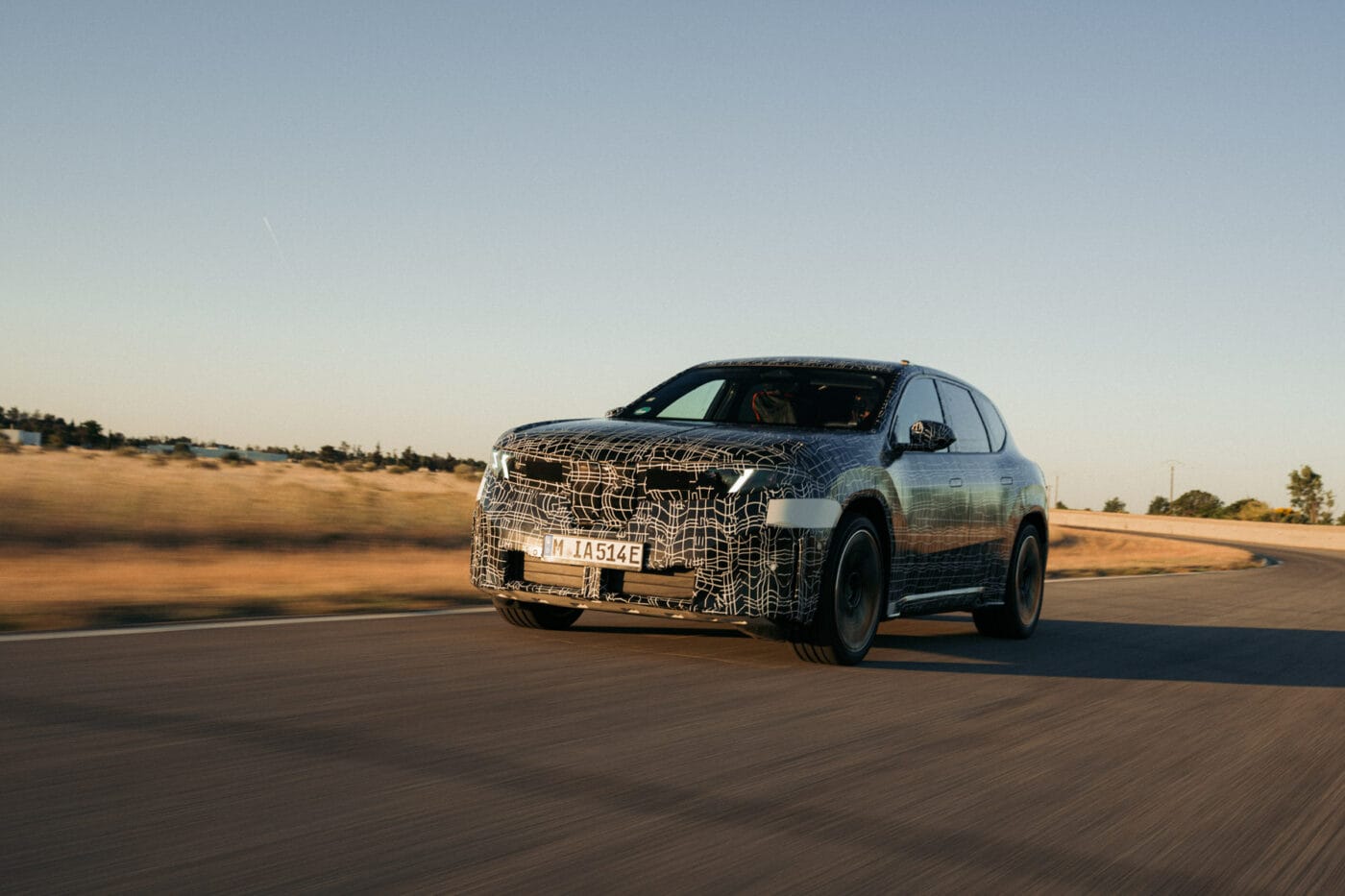

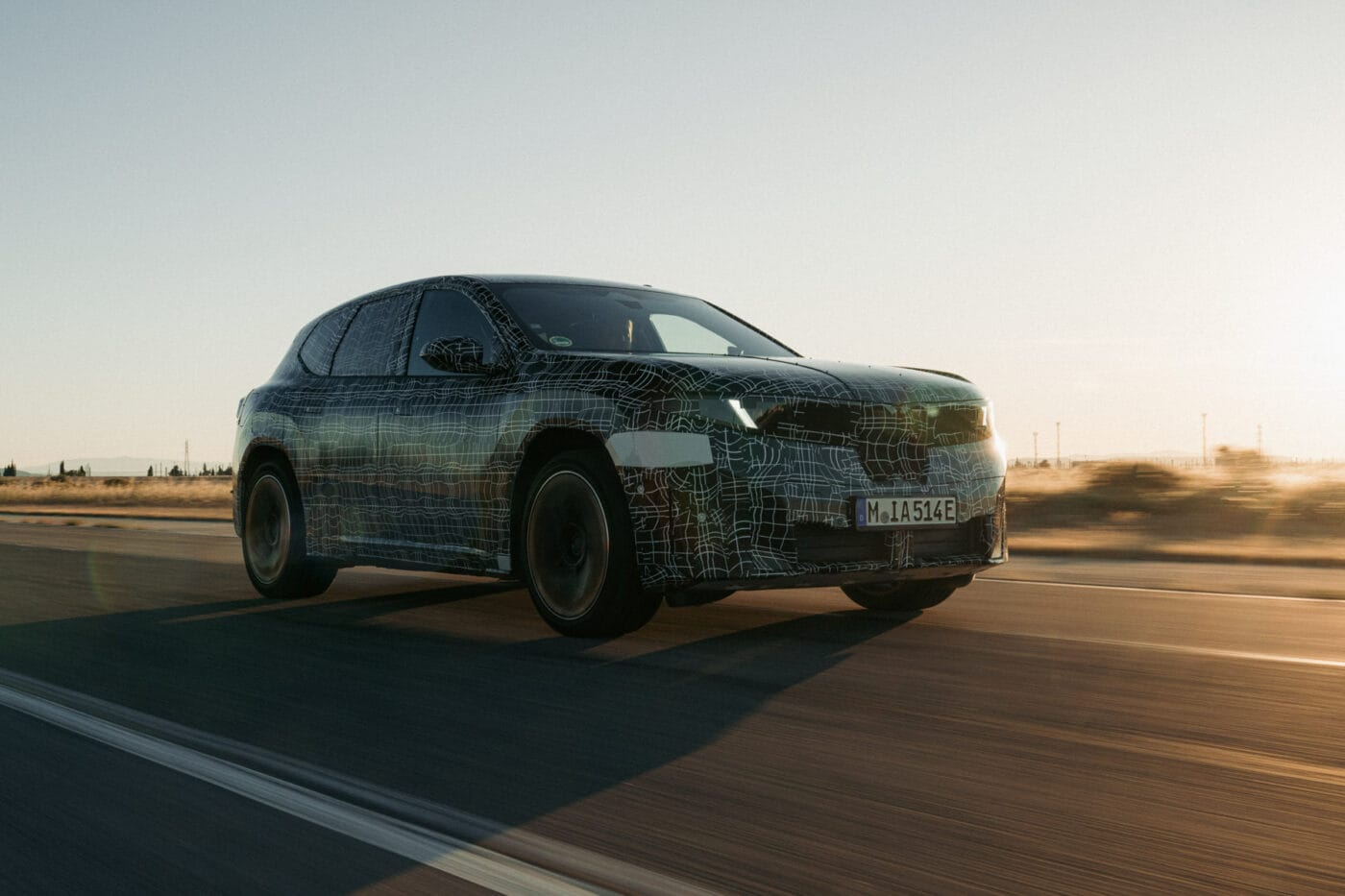
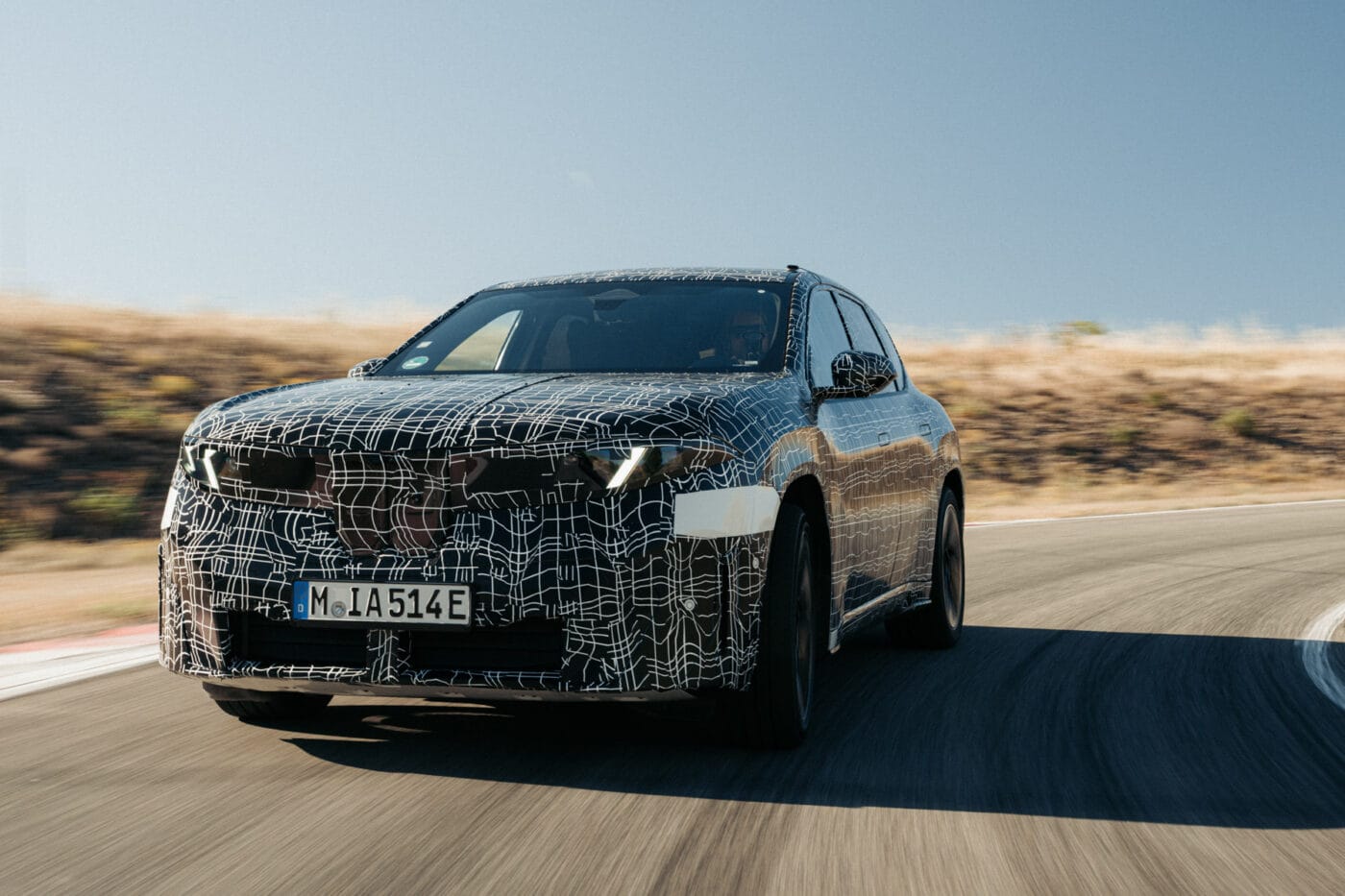
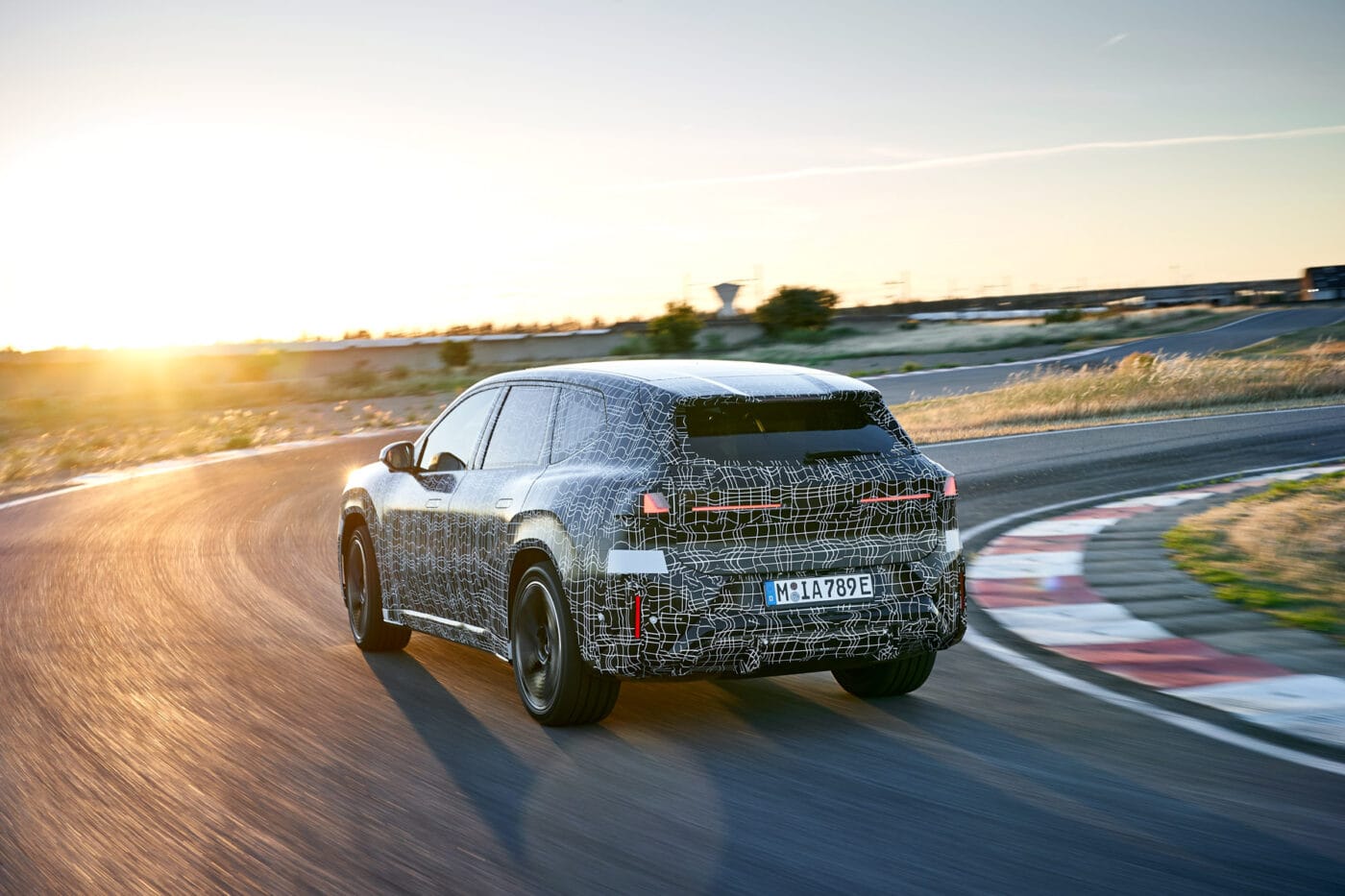
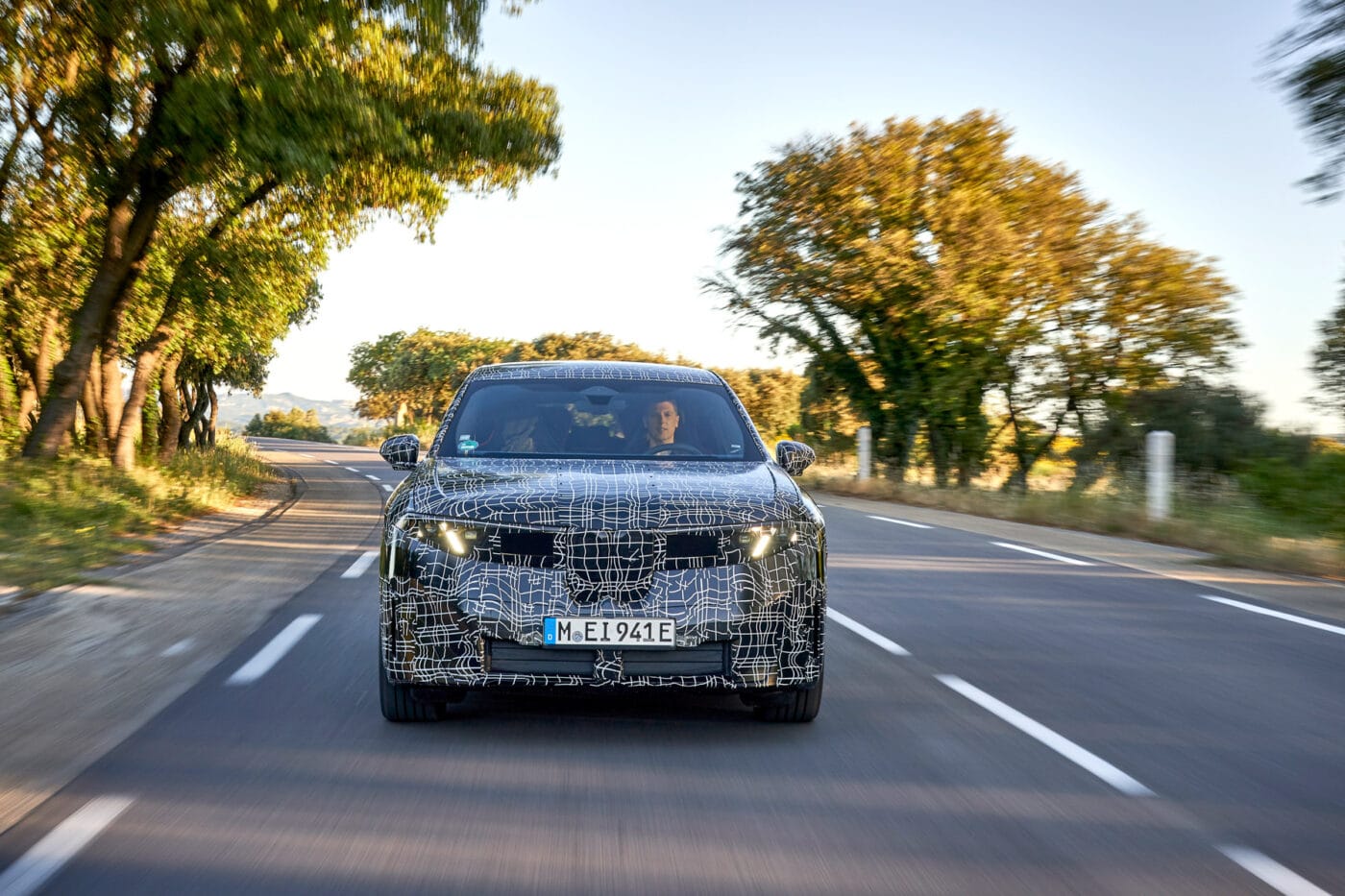
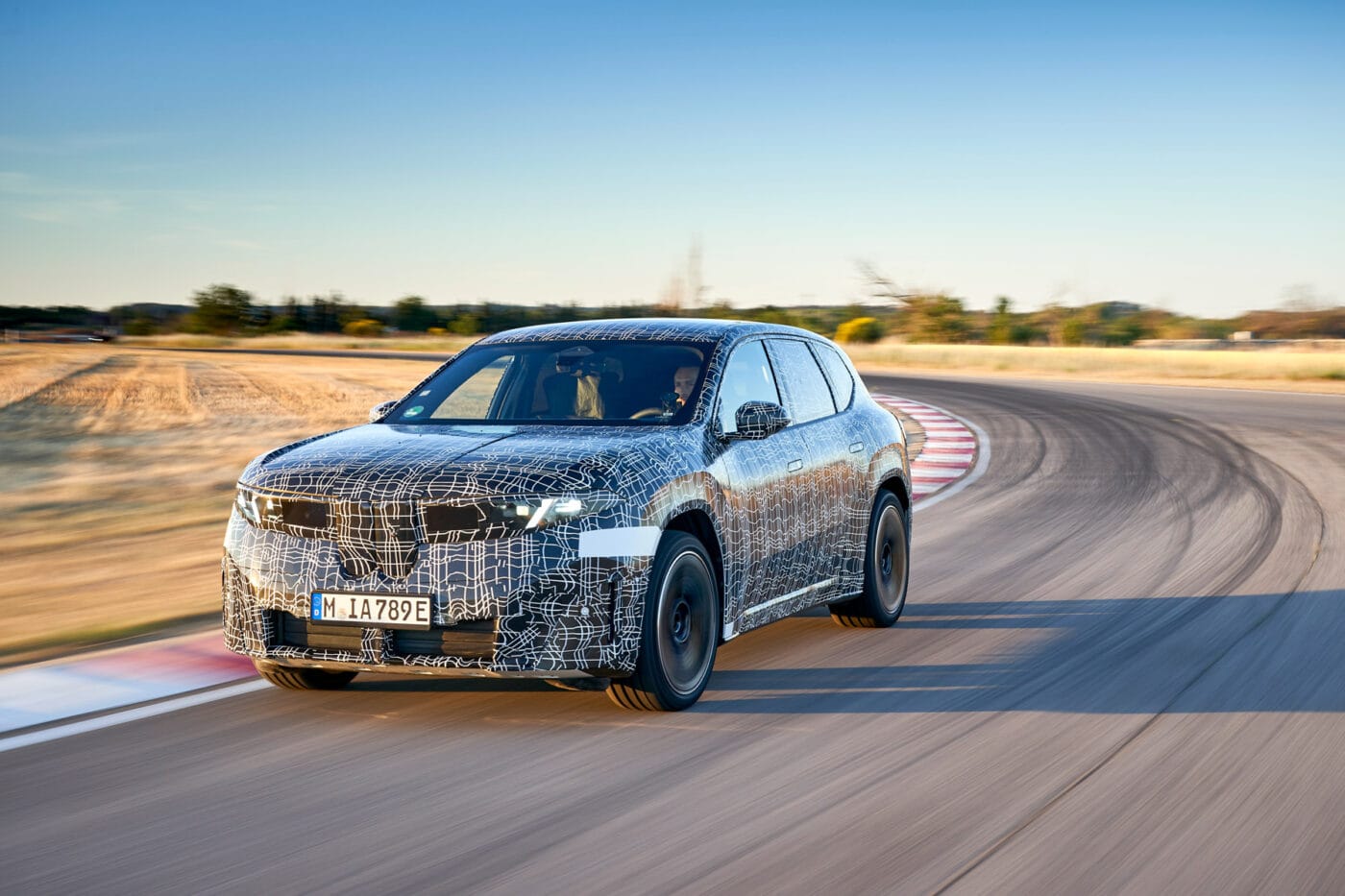
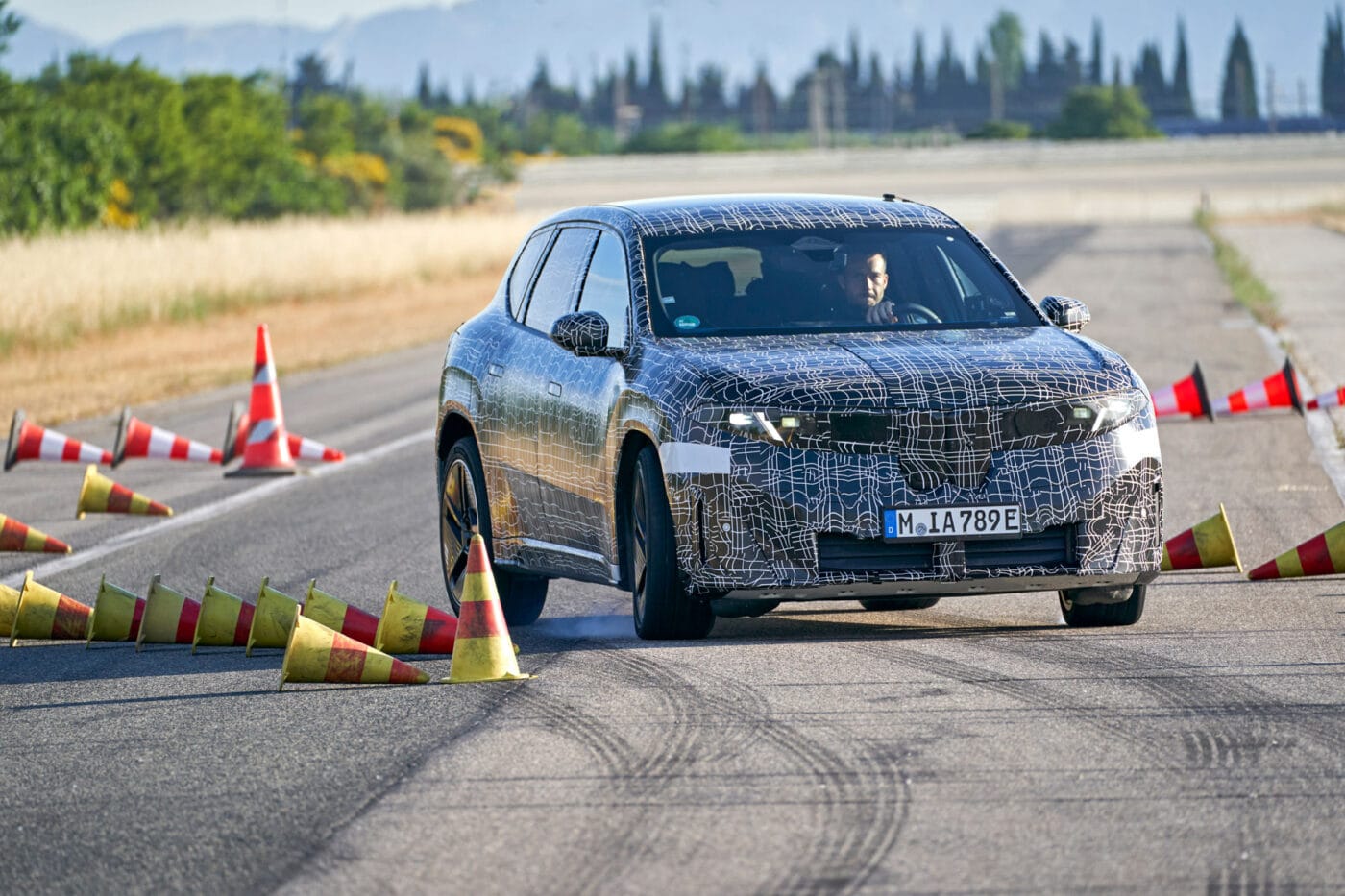
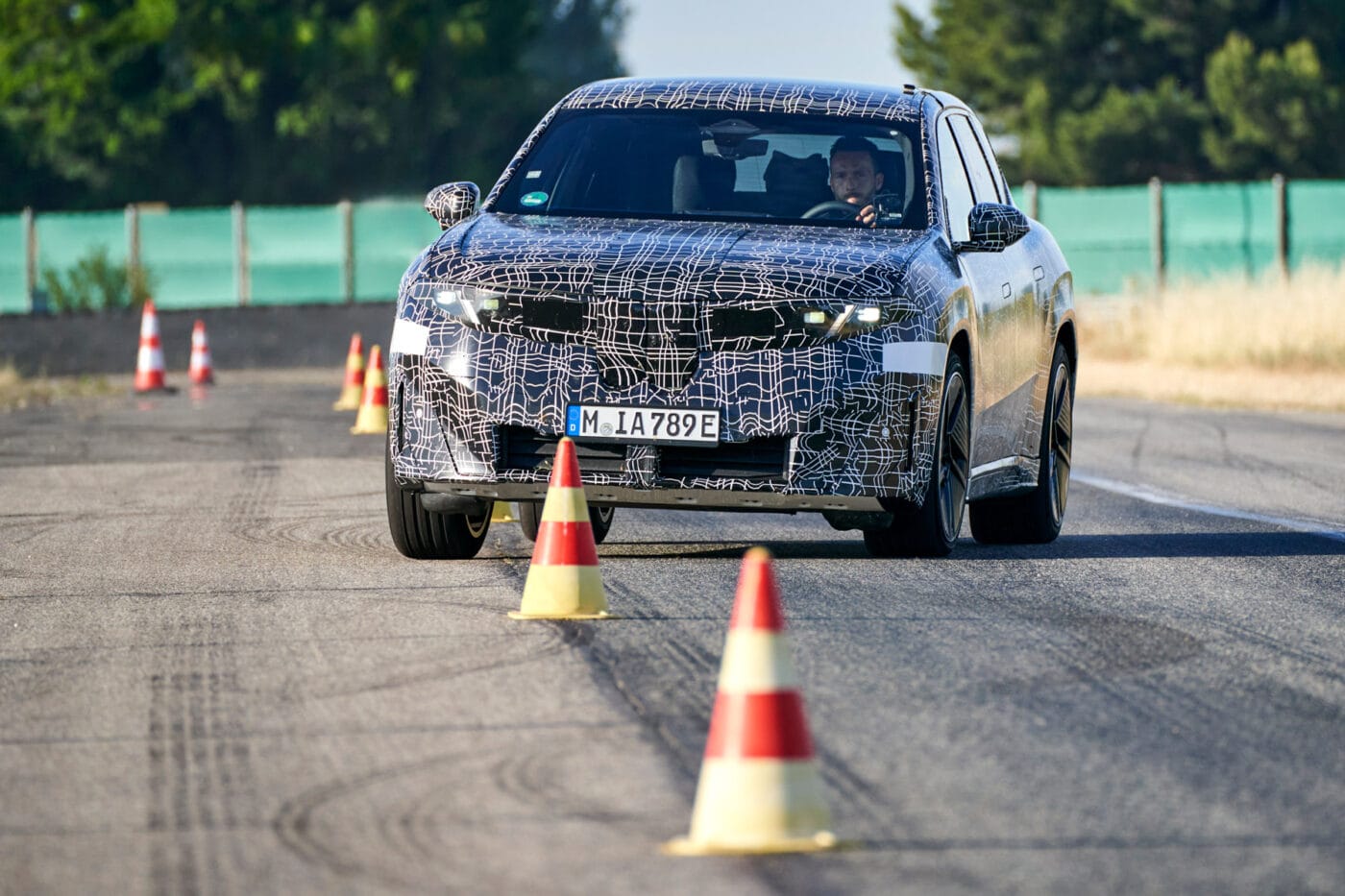
BMW also reveals that the range in the WLTP for the iX3 50 xDrive will be up to 800 kilometres, 900 kilometres are specified for China in the CLTC and 400 miles for the USA in the EPA test. 800 kilometres on a full charge means 560 kilometres for 70 per cent of the battery (i.e. the range from ten to 80 per cent). If the iX3 can recharge 350 kilometres in ten minutes, electricity for 210 kilometres would have to flow into the battery in the remaining ten minutes in order to stay under 20 minutes. Provided the charging curve does not completely collapse after the 400 kW peak, this should be possible. Speaking of the charging curve: in future, this can also be tracked remotely via the ‘My BMW’ app.
BMW added: “Charging at 400V DC charging stations will, of course, still be possible.” A clear jab at its competitor Mercedes, whose new CLA is the first series model on the new MMA platform and currently only supports fast charging at 800 volts, but not at (older and now rare) 400-volt stations. The Stuttgart-based company has already announced that it will improve the CLA and also support 400-volt DC chargers from 2026.
BMW relies on DC wallbox for bidirectional charging
Back to the BMW: AI is also used to some extent for charging, albeit for a rather unusual feature. An intelligent charging flap is designed to open and close automatically when it recognises the driver’s intention to charge. “If the customer approaches a familiar or learned charging point, the progress towards it reveals an intention to charge and the flap opens,” wrote the Munich-based company.
More relevant than such a gimmick is the area of bidirectional charging, which BMW says will be available as soon as the iX3 is launched. Using a special adapter, it is possible to use electricity from the drive battery to operate electrical devices via Vehicle-to-Load (V2L); in Europe, this should be possible with up to 3.7 kW discharge power. However, BMW also offers Vehicle-to-Home (V2H) and Vehicle-to-Grid (V2G). BMW wants to set “new standards for the integration of the vehicle into the energy market.” However, this requires a DC wallbox from BMW, which should enable up to 19.2 kW charging and discharging power depending on the market. However, BMW has not yet provided details on the markets or the price of the DC wallbox.
Instead, the press release on the prototypes focuses on the driving experience and the new central computer ‘Heart of Joy’, which controls the drive functions. “Together with the BMW Dynamic Performance Control software stack, the Heart of Joy is pivotal to powertrain, brakes, recuperation and sub-functions of the steering system. It processes information ten times faster* than previous systems and therefore responds more directly than ever to the driver’s command,” wrote BMW.
As a result, the number of control interventions is reduced, and the lane is kept more precise and stable. As a result, the vehicle should develop ‘consistent, reproducible cornering behaviour’ and be intuitive to control. This also applies to recuperation, which is effective across the entire speed range right up to standstill – according to BMW, recuperation should be sufficient to stop the vehicle without using the disc brakes in 98 per cent of cases in everyday driving.
New electronics architecture with four central computers
The next generation of BMW driver assistance systems is also being rolled out in the iX3. The “proven, rule-based assistance systems” will be supplemented by an “advanced, AI-based approach,” which is designed to support the driver safely and in optimum symbiosis, even in challenging traffic situations. The system, referred to here as the “Superbrain of Automated Driving,” is designed to calculate up to 20 times faster than the previous system.
With the four ‘Superbrains’, the electronics and software architecture of the ‘Neue Klasse’ has been completely reorganised. Over-the-air updates are to become standard with a powerful cloud, which can also be used to roll out numerous intelligent features after the market launch.
“Longer range, faster charging, an all-new display and operating concept, and the intelligence of four superbrains are the distinguishing features of the Neue Klasse. With the upcoming BMW iX3 – the first model of the new car generation – we are introducing fundamental technology upgrades with the clear aim of raising the typical BMW driving pleasure to a whole new level,” says Mike Reichelt, Head of New Class at the BMW Group. “With the all-new BMW iX3, we bring our revolutionary technologyies into series production for the first time, and we can hardly wait to see it in action on the road. All future BMW models, regardless of powertrain type, will benefit from the innovations and technology clusters of the Neue Klasse.”

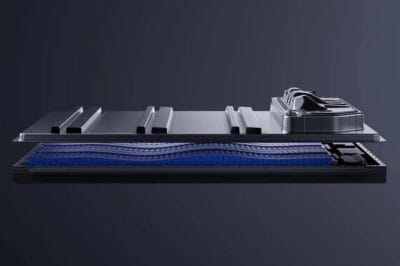
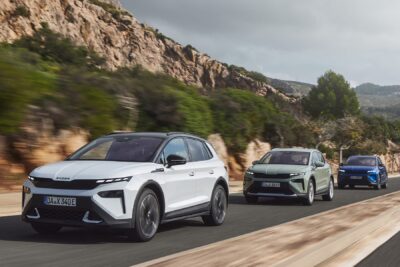

0 Comments